If you are hoping to save some money and rotate your tires yourself, there is a specific way to do this. You will first need to examine your tires to see if they are directional tires or non-directional tires. Directional tires have a pattern designed to travel facing a specific direction. Non-directional tires have a design that works facing either way.
Check your tires carefully. Look for little arrows or triangles on the sidewall of the tires. If you see arrows or triangles pointing one direction, you have directional tires. If not, then you will use a different rotational pattern for rotating the tires.
Next, you will need to get the car up. Using a good hydraulic floor jack is safer than using the tire jack that came with your vehicle. If you plan on rotating your own tires on a regular basis, it would be a wise investment. It only costs around $100 and with your safety at stake, that’s not too much to spend.
You’ll need to spend another $30 on a set of jack stands. But, if you are lucky, you might already have access to the ground jack and jack stands. Either way, the time, effort, and money you put into rotating your own tires can save you in the long run. Just make sure that you use proper tire-changing methods for each rotation, including the star pattern for tightening the lug nuts.
If you determine that you have directional tires, you will need to rotate them with a simple formula. It is the same side, front to back. This means that you will take the right front tire and trade it with the right rear tire, making sure the tires are pointed in the same direction. Do the same with the left side tires.
If you have non-directional tires, the tire can be mounted on the wheel for any rotation direction. This means that you can trade left and right tires. Follow this pattern to do this properly:
For rear-wheel drive, trade the front tires to the opposite rear sides. Then, move the rear tires straight forward. In other words, you should take your left front tire and move it to the right rear position, moving the right rear tire to the front right position. Follow the same pattern for the other two tires.
Finally, if you have front-wheel drive, you will do the opposite as with rear-wheel drive. Take the rear tires to the opposite front side. Move the front tires straight back. Specifically, take the back right tire to the front left side, moving the front left tire to the back left and repeat for the other tires. You should rotate your tires every 5,000 miles.






